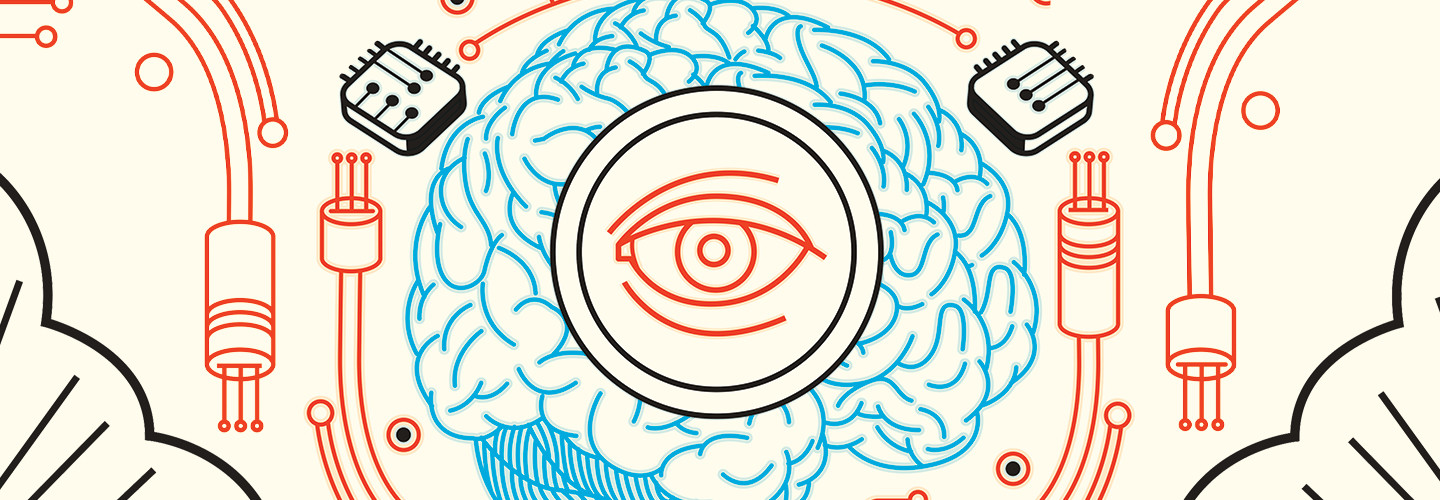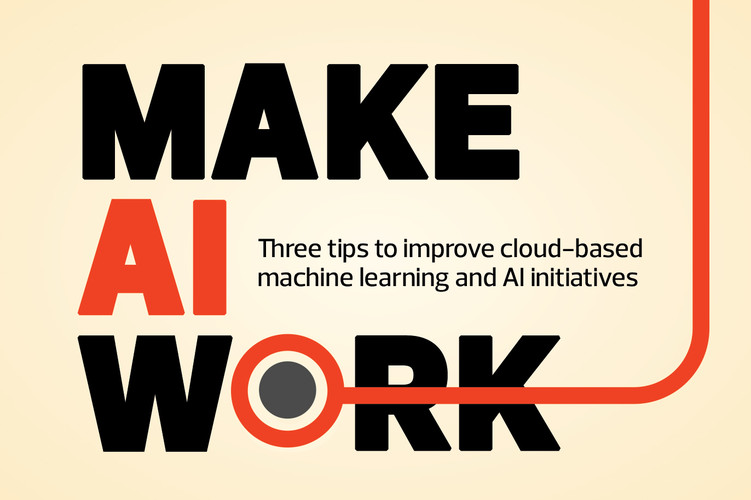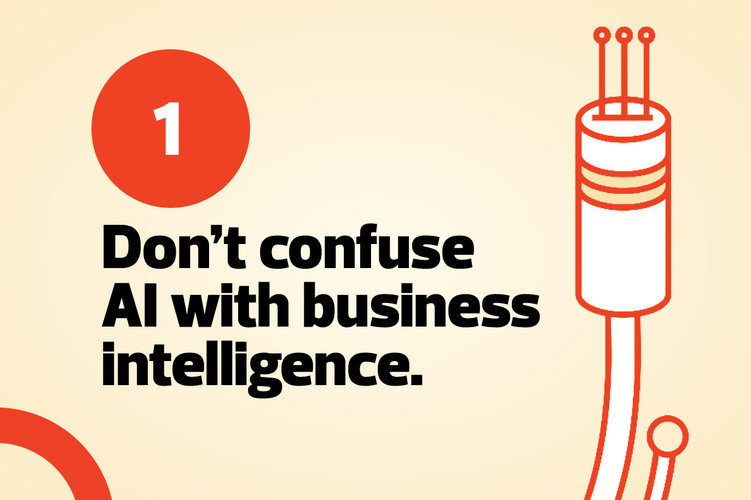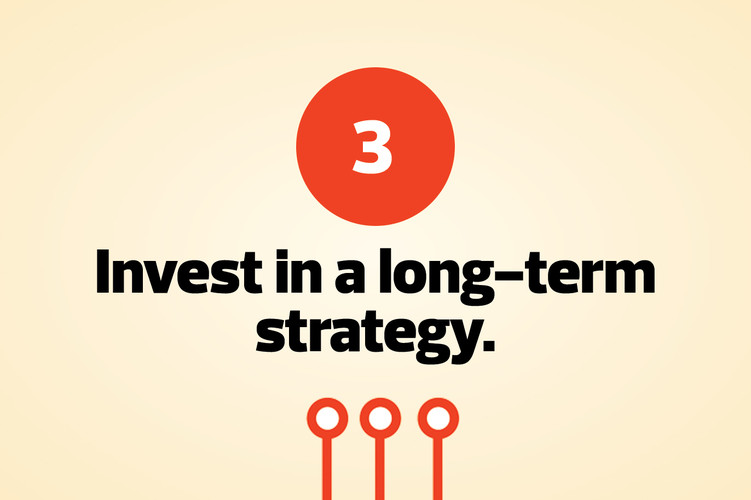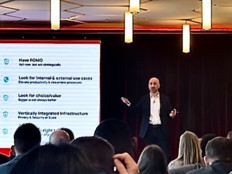A Growing List of Use Cases for AI and Machine Learning
Dow is one of many businesses across industries that are using the machine learning and AI tools on public cloud platforms to reinvent processes or create new products and services. With the technologies available in the cloud, businesses large and small can experiment with machine learning and AI, and scale capacity as needed.
“The cloud offers a growing number of tools and services that make it easy for businesses to develop, test, enhance and operate machine learning systems without making big upfront investments,” says Ritu Jyoti, group vice president at IDC’s worldwide AI and automation research practice.
The technologies have come a long way in a short time. In IDC’s 2019 AI StrategiesView survey of 2,000 organizations, only 11 percent of AI initiatives were in production. By 2021, 33 percent were. There are several reasons for the uptick, but a major factor has been the shift to public cloud platforms during the pandemic, which has enabled businesses to take advantage of the machine learning and AI tools the cloud offers.
Another benefit is that cloud platforms provide an integrated development environment. On-premises data scientists often operate in silos. “Everybody is working on a separate notebook,” says Jyoti. “There’s a lack of collaboration.”
The integrated development environment was a big help to Dow during the pandemic, says Clinton Schmidt, global predictive intelligence leader at Dow. When polyurethanes lab staff were forced to work virtually, they were able to use Azure’s cloud-based predictive capability to create a virtual lab interface and continue their work, he explains.
WATCH: Learn how AI can help your organization realize its full potential.
Filtering Out the Noise With Audio Tagging
A picture may tell a thousand words, but finding the perfect sound can be daunting. If it exists, it’s probably in Splice’s catalog — the world’s largest royalty-free library of sound samples. Artists can access millions of samples through the New York-based company’s monthly subscription service.
The challenge is describing a sound to search for it. While there are common terms used to evoke visual images, sound is harder to capture with words. Audio tagging with text descriptors has long been used in searches, but it has limitations when searching for a very specific sound, explains Alejandro Koretzky, head of machine learning and audio science innovation at Splice.
Rather than limit clients to words, Splice created its Similar Sounds feature. Applying proprietary machine learning models, artists can search by sound — a precise vocal phrase or pulsing techno base, for instance — to pull up similar samples.
Splice created the feature by training machine learning models and building data pipelines with SageMaker, the machine learning platform available through Amazon Web Services. Similar Sounds uses machine learning methods to measure how close sounds are to one another, Koretzky says. He envisions using machine learning and AI in the future to further enhance music discovery and search, support decision-making and automate mastering.
“We are working on ways to remove friction from the process of discovery and creation in modern music-making,” says Koretzky. “These are multidimensional problems at the intersection of tech, workflow and user experience.”
Click the banner below to receive exclusive cloud content when you register as an Insider.


